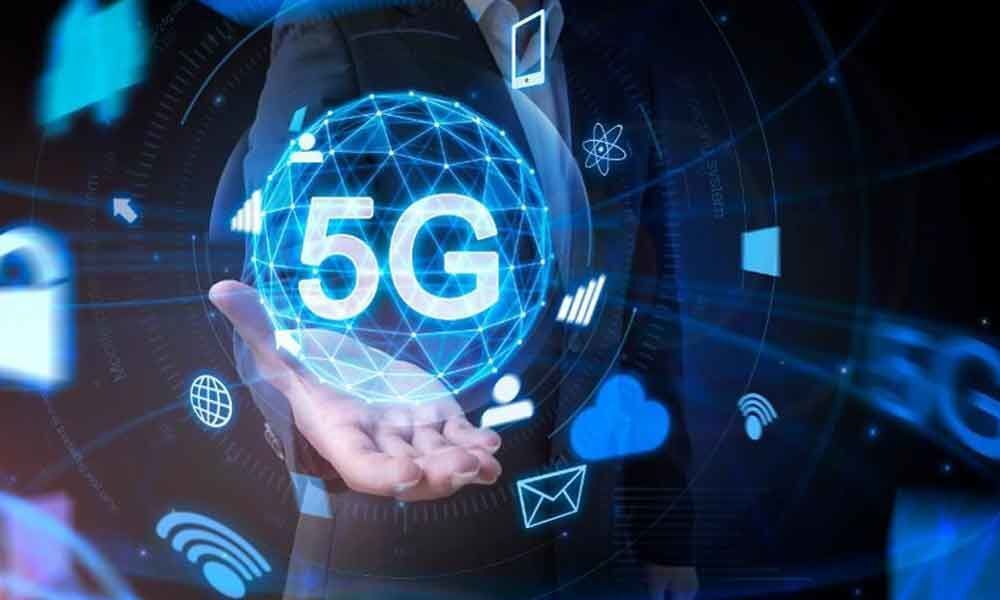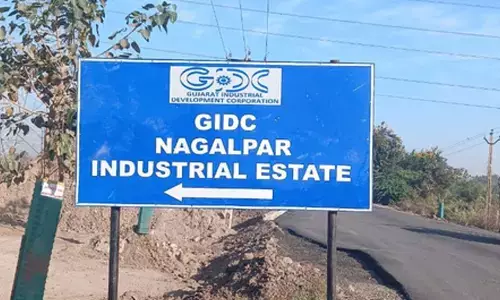Understand 5G -The real and super fast

Read the analysis of 5G. What is 5G? Its speed, how it works, cost, benefits and health risks.
After years of publicity, carriers are finally turning on their 5G networks. Still, dispositions are limited, and we need to give it some time as any other technology.
Other than a significant speed boost. 5G has been stated as foundational tech that'll supercharge zones like self-driving cars, virtual and augmented reality and medical services such as remote surgery.
But what exactly is 5G? Why are people so excited about it? The following is an analysis of why the next generation of wireless technology is more than just a boost in speed, and why we should be excited.
What is 5G?
5G is the next or fifth generation of cellular technology, which promises to significantly enhance the speed, coverage and responsiveness of wireless networks. How fast are we talking? Verizon's network showed speeds flowing past 1 gigabit per second.
That's 100 times faster than your typical cellular connection and even faster than anything you can get with a physical fiber optic cable that reaches your home. (In optimal conditions, you can download the value of Stranger Things of a season in a few seconds).
Is 5G only about speed?
A big NO! One of the primary and crucial benefits is something called low latency. You will get to hear this term very often. Latency is the response time between when you click on a link or start transmitting a video on your phone, which sends the request to the network and the system responds, delivers the website or plays your video.
With the current networks that delay time can last around 20 milliseconds. But 5G will reduce the latency to just one millisecond.
That responsiveness is critical for things like a New York surgeon to control a pair of robotic arms that perform a procedure in San Francisco. The latency may still be affected by the final reach of the connection. The connection virtually free of delays means that cars that drive alone have a way to communicate with each other in real time. Assuming there is enough 5G coverage to connect those vehicles.
How does it work?
Initially, 5G used a super high-frequency spectrum, which has a shorter range but higher capacity, to offer a passive conduit for online access. But given the problems of scale and interference, operators are also using a lower frequency spectrum. The type that is used in today's networks, to help transport 5G over greater distances and through walls and other obstructions.
Sprint claims it has the largest 5G network because it uses its 2.5 gigahertz spectrum band, which offers more extensive coverage. T-Mobile plans a broader deployment of its 5G network in the second half thanks to the use of lower bandwidth spectrum. And AT & T says it plans to offer 5G coverage across the country through its lower band Sub-6 range at the beginning of 2020.
The result is the speed that companies promised for the first time will not sustain, but we will still see a big boost with what we get today with 4G LTE.
Where do these carriers get the spectrum?
Some of these operators already control small bands of high-frequency radio waves, but many will have to buy more from the government. Carriers from all over the world are working with their respective governments to release the necessary spectrum. In the US, the Federal Communications Commission is conducting more auctions for the so-called millimetre wave spectrum, in which all operators participate.
Are there other benefits of 5G?
The 5G network is designed to connect much broader devices than a traditional cellular network. 5G can power multiple devices around you, be it a dog collar or a refrigerator.
The 5G network was also built explicitly to handle equipment used by companies, such as agricultural equipment or ATMs. Beyond speed, it is also designed to work differently on connected products that do not need a constant connection, like a sensor for fertiliser. This type of low consumption scanners is designed to work with the same battery for ten years and still be able to send data periodically.
When can we expect 5G here?
Verizon launched the first "5G" service in October, but it's a bit of technicality: a fixed broadband replacement, rather than a mobile service. An installer must install special equipment that can pick up 5G signals and turn it into a Wi-Fi connection at home so that other devices can access it.
There is also debate about whether the service even qualifies as 5G: it doesn't use the standards that the industry has agreed. The company wanted to leap forward and use its own patented technology. Verizon contends that speeds, ranging from 300 megabits per second to 1 gigabit per second, qualify the service for the 5G designation. His rivals and other mobile experts dispute that claim.
Verizon has paused the launch until it can turn things around to the world-recognised 5G standard. At the end of December, AT & T was activating its 5G mobile network in a dozen cities, and more specifically in "dense, high-traffic urban areas". Take note, Verizon: AT & T boasted that it is "the first and only company in the United States to offer a 5G mobile device through a mobile commerce network based on 5G standards." Plans to increase its coverage to a total of 22 cities in 2019.
But the network is not available to consumers, and it remains a mystery where you can get coverage. Verizon launched its 5G mobile service in Chicago and Minneapolis and is the first to offer it to consumers. Similarly, the Sprint network is available in four cities with its LG V50, with launch plans in five more cities by the end of the first semester.
No 5G phones? Can't we pick up 5G with a present smartphone?
Sorry, no. 5G technology needs a specific set of antennas that are not yet available. For example, the Sprint LG V50 is specifically tuned to its 5G network. Similarly, the Samsung Galaxy S10 5G is optimised for the Verizon network, although it will also work for the other operators once the exclusivity agreement is finalised.
Most of the phones will use Qualcomm's X50 modem, which is specifically designed to take advantage of the 5G spectrum. Later, the phones will use a second-generation chip that collects more bands of spectrum.
We can expect more 5G phones to be released later this year.
What are the health risks?
There have been concerns that cellular signals may cause cancer. Unfortunately, there hasn't been much research which can prove or disprove that there is a health risk.
That gives rise to concerns about 5G. Few networks will run at super-high frequencies; researchers say that it still falls under the category of radiation that won't be harmful to our cells.
Critics still say there isn't enough research done into this issue, and the studies that have been conducted weren't adequate. Whereas, the WHO listed cellular signals as a potential carcinogen. But it also notes pickled vegetables and coffee as carcinogens too.
People are still worried about it.
What about the cost?
If you are a Verizon customer, then your 5G service will cost $ 10 more per month. "5G provides capabilities that will make us think differently about prices," said AT & T. "We expect prices to be higher than what we charge today."
That reflects a comment made in March by the then CEO of Sprint, Marcelo Claure, who said he saw 5G as a premium service. The new chief executive Michel Combes declined to comment on prices, but a premium has not yet added.
There is a precedent for keeping the line: LTE did not cost more when it came out; you just needed to buy a new phone. But price models change over time. Since the launch of 4G, operators have eliminated unlimited plans and brought them back.
Verizon's home broadband service costs $ 50 for wireless subscribers and $ 70 for all others. These are in line with other broadband costs. (You can find out if you are eligible for the service here).
AT & T's 5G mobile service will be free for "selected" customers during the first 90 days. After that, the company will charge $ 499 for the hotspot plus $ 70 per month for a plan with a data limit of 15GB.


















